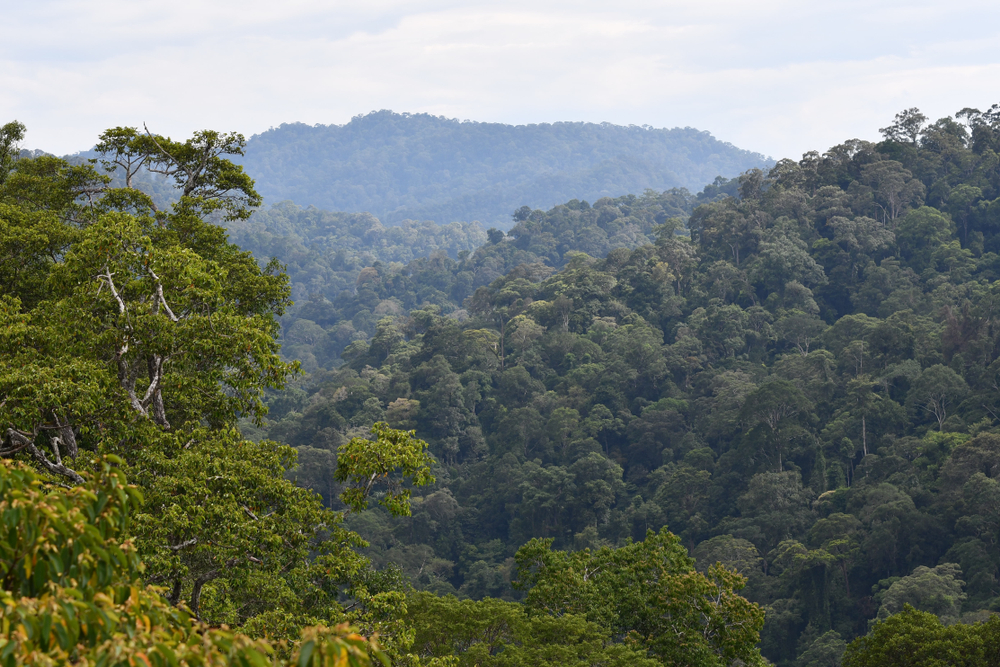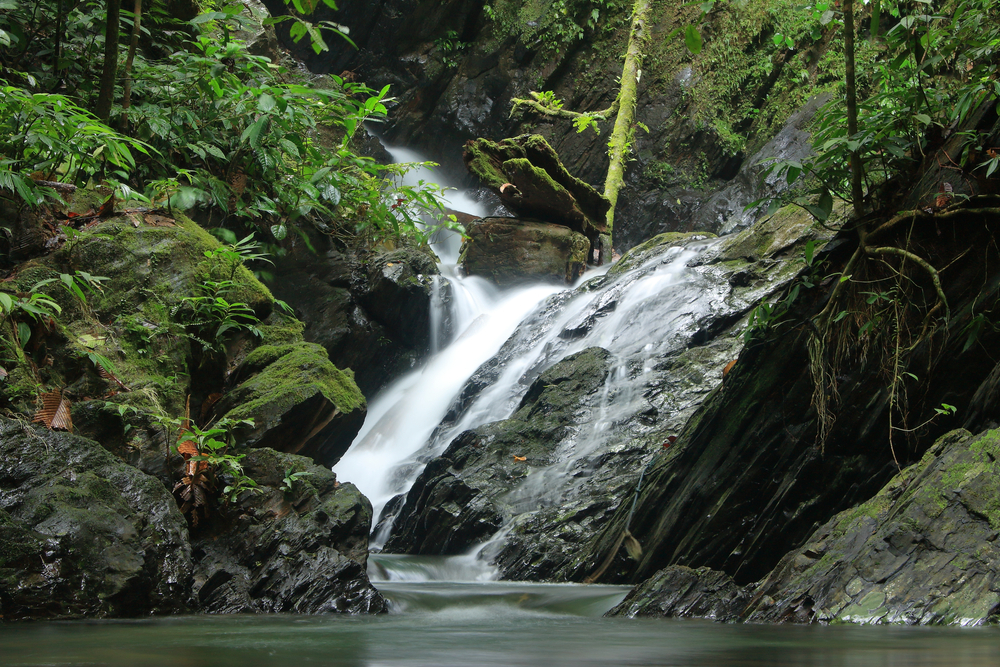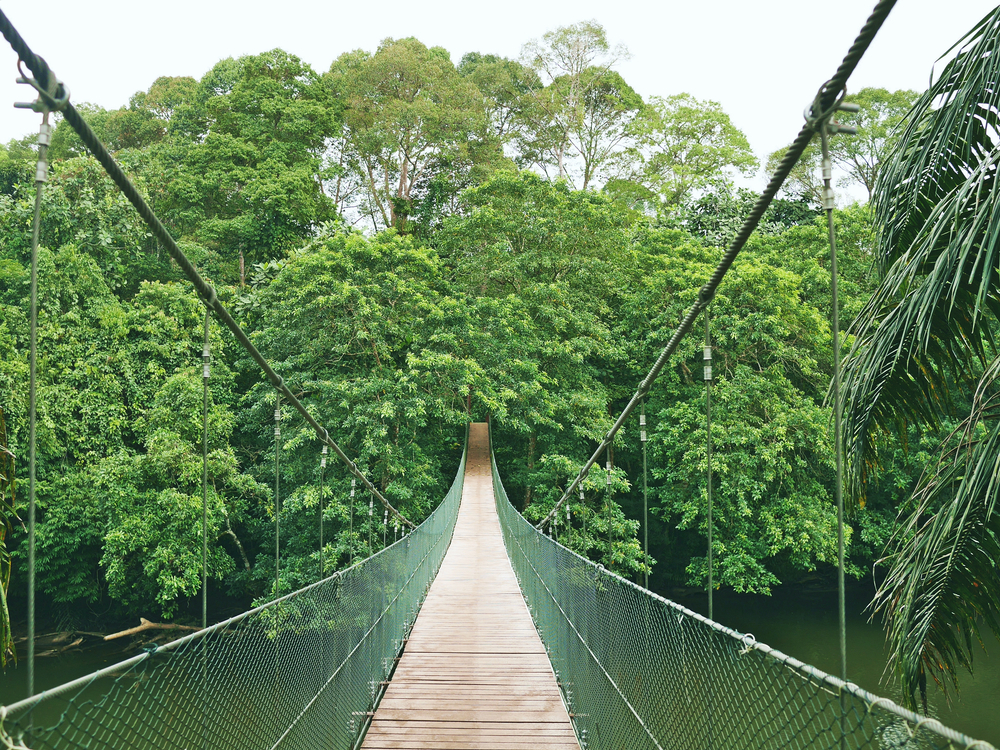Popular Species
Ulu Temburong National Park is home to an impressive array of species, many of which are unique to Borneo’s rainforests, showcasing the rich biodiversity of the region.
Proboscis Monkey is a distinctive primate known for its large, bulbous nose and reddish-brown fur, often seen in groups near rivers and mangroves within the park.
Bornean Gibbon is a small, tree-dwelling primate known for its graceful movement and loud, haunting calls echoing through the rainforest.
Sunda Clouded Leopard is a rare and elusive big cat with cloud-like patterns on its fur, making it one of Borneo’s top predators.
Malayan Sun Bear is the world’s smallest bear species, recognized for its short black fur and a distinctive orange chest patch.
Bornean Orangutan is a critically endangered primate known for its intelligence, red fur, and strong arms, spending most of its life in the treetops.
Reticulated Python is one of the longest snakes in the world, found in the dense forest undergrowth, preying on small mammals and birds.
Flying Lemur (Colugo) is a nocturnal glider capable of gliding long distances between trees, using its skin membrane to move through the forest canopy.
Pygmy Elephant is the smallest elephant species, known for its docile nature and smaller stature, which roams the lowland rainforests of Borneo.
Horned Frog is a well-camouflaged amphibian that blends into the forest floor, using its horns to mimic dead leaves.
Asian Water Monitor is a large, semi-aquatic lizard often seen basking near rivers or moving stealthily through wetlands.

















































































